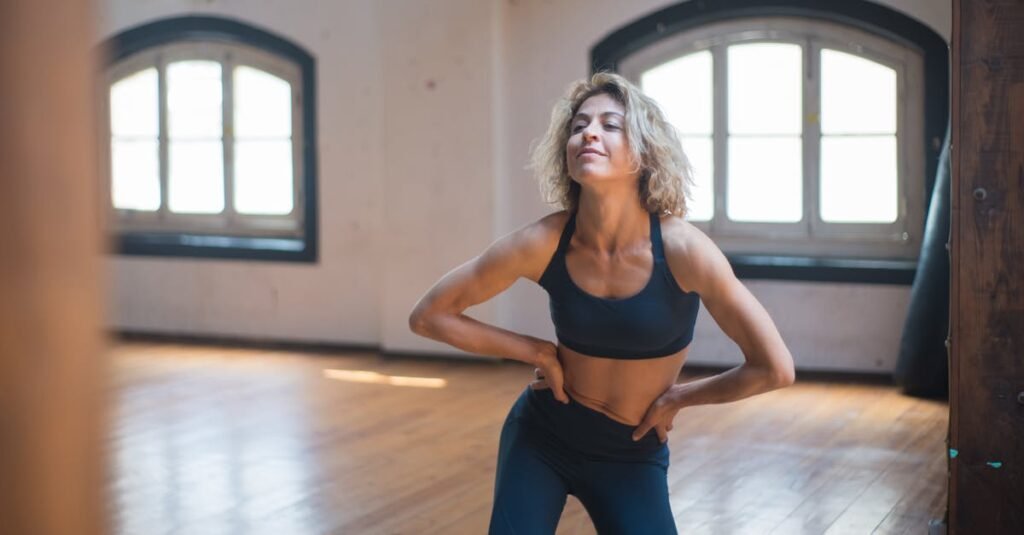Cossak squats are an incredible exercise that can enhance your flexibility, strength, and overall fitness. This unique movement engages various muscle groups, providing a comprehensive workout while improving your range of motion. In this post, we’ll explore the many benefits of incorporating cossak squats into your routine.
| Benefit | Description |
|---|---|
| Improved Flexibility | Cossak squats enhance hip and lower body flexibility. |
| Strength Building | Targets the quadriceps, hamstrings, and glutes. |
| Balance and Coordination | Helps improve overall body balance. |
| Joint Health | Promotes mobility in the hips and knees. |
| Core Engagement | Strengthens the core during the movement. |
| Functional Movement | Enhances functional fitness for daily activities. |
| Versatility | Can be modified for various fitness levels. |
Improved Flexibility
Cossak squats are particularly effective for enhancing flexibility, especially in the hips and lower body. As you perform the squat, your body is required to stretch and lengthen in various directions, which promotes greater flexibility over time. This is especially beneficial for athletes and fitness enthusiasts looking to improve their range of motion and overall performance in other exercises.

Strength Building
This exercise is an excellent way to build strength in the major muscle groups of the lower body, including the quadriceps, hamstrings, and glutes. As you lower your body into the squat position, these muscles are engaged significantly, leading to muscle growth and improved endurance. Incorporating cossak squats into your routine will contribute to a more powerful lower body.

Balance and Coordination
One of the lesser-known benefits of cossak squats is their ability to enhance balance and coordination. The unilateral nature of the exercise forces each leg to work independently, which helps to improve your overall stability. This is particularly useful for athletes who rely on balance for their sports, as well as for older adults who may need to maintain their stability to prevent falls.

Joint Health
Cossak squats promote joint health by improving mobility in the hips and knees. The movement encourages a full range of motion, which can help keep the joints healthy and functioning properly. Regularly performing cossak squats can aid in maintaining joint flexibility and reducing the risk of injuries, especially as you age.

Core Engagement
While cossak squats primarily target the lower body, they also engage the core muscles effectively. Maintaining stability throughout the movement requires significant core strength, which contributes to overall core development. A strong core is essential for balance, posture, and overall fitness, making this exercise beneficial beyond just leg strength.

Functional Movement
Cossak squats mimic natural movements that we perform in daily life, making them a valuable addition to any fitness routine. By enhancing your ability to move in various planes of motion, cossak squats improve functional fitness, which can translate to better performance in everyday activities, such as bending, squatting, and lifting.

Versatility
One of the best aspects of cossak squats is their versatility. They can be modified to suit different fitness levels, making them accessible to a wide range of individuals. Beginners can perform the movement with a limited range of motion, while advanced practitioners can increase the depth of the squat or add weights to challenge themselves further. This adaptability ensures that cossak squats can be a staple in anyone’s workout routine.

FAQs
What muscles do cossak squats work?
Cossak squats primarily target the quadriceps, hamstrings, glutes, and hip adductors. Additionally, they engage the core for stability and balance during the movement.
How often should I do cossak squats?
It is recommended to incorporate cossak squats into your routine 2-3 times a week, allowing for adequate recovery time between sessions. This frequency will help you build strength and flexibility without overtraining.
Can beginners perform cossak squats?
Yes, beginners can perform cossak squats by starting with a limited range of motion and gradually increasing depth as they become more comfortable with the movement. It’s essential to maintain proper form to avoid injury.
Are cossak squats safe for people with knee issues?
Individuals with knee issues should consult a healthcare professional or a certified trainer before attempting cossak squats. Modifications may be necessary to ensure safety while performing the exercise.
Can I add weights to cossak squats?
Yes, adding weights such as dumbbells or kettlebells can increase the challenge of cossak squats. However, it is crucial to maintain proper form and technique to prevent injury.
References:
– [American Council on Exercise](https://www.acefitness.org)
– [National Institutes of Health](https://www.nih.gov)
– [Mayo Clinic](https://www.mayoclinic.org)



